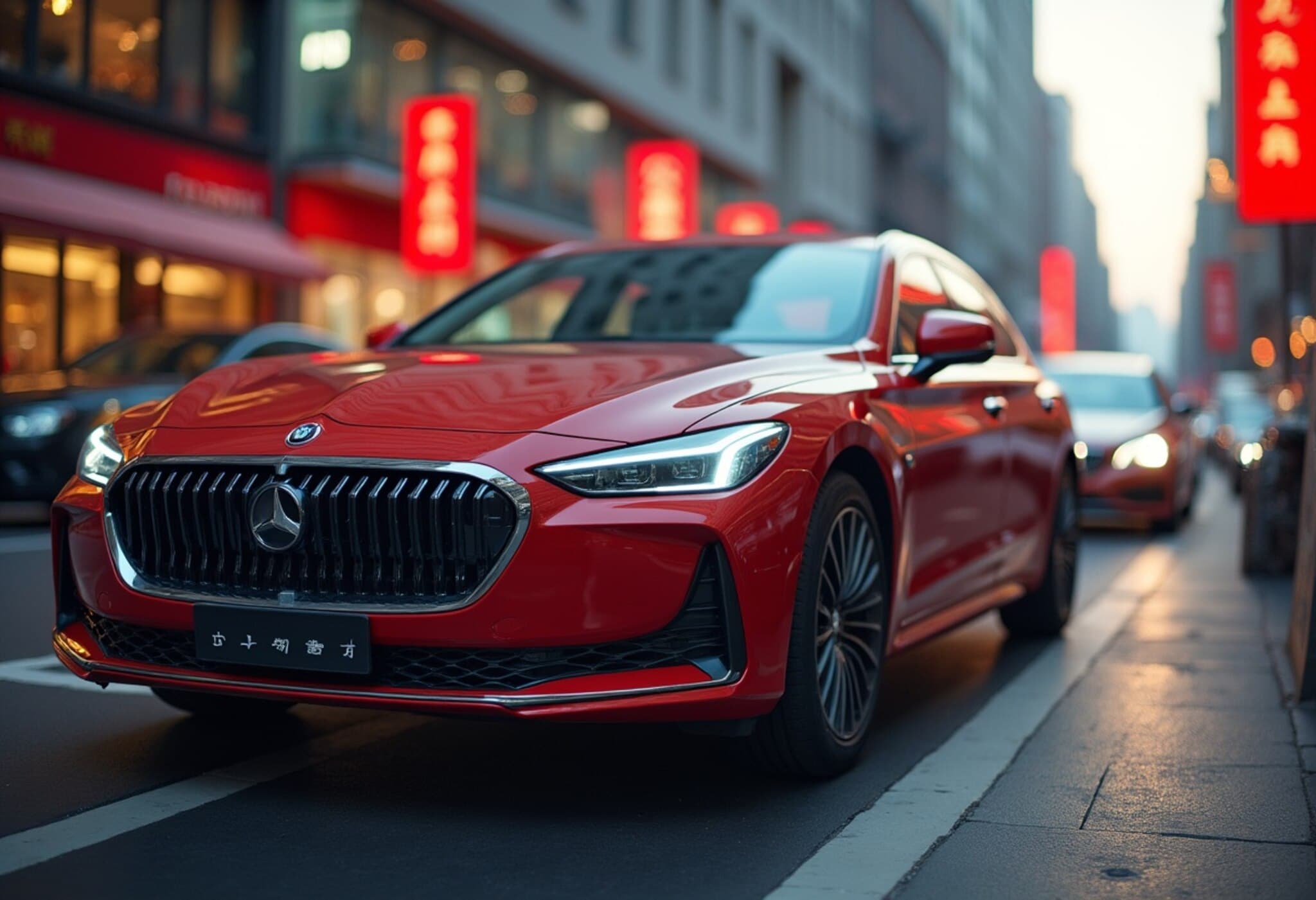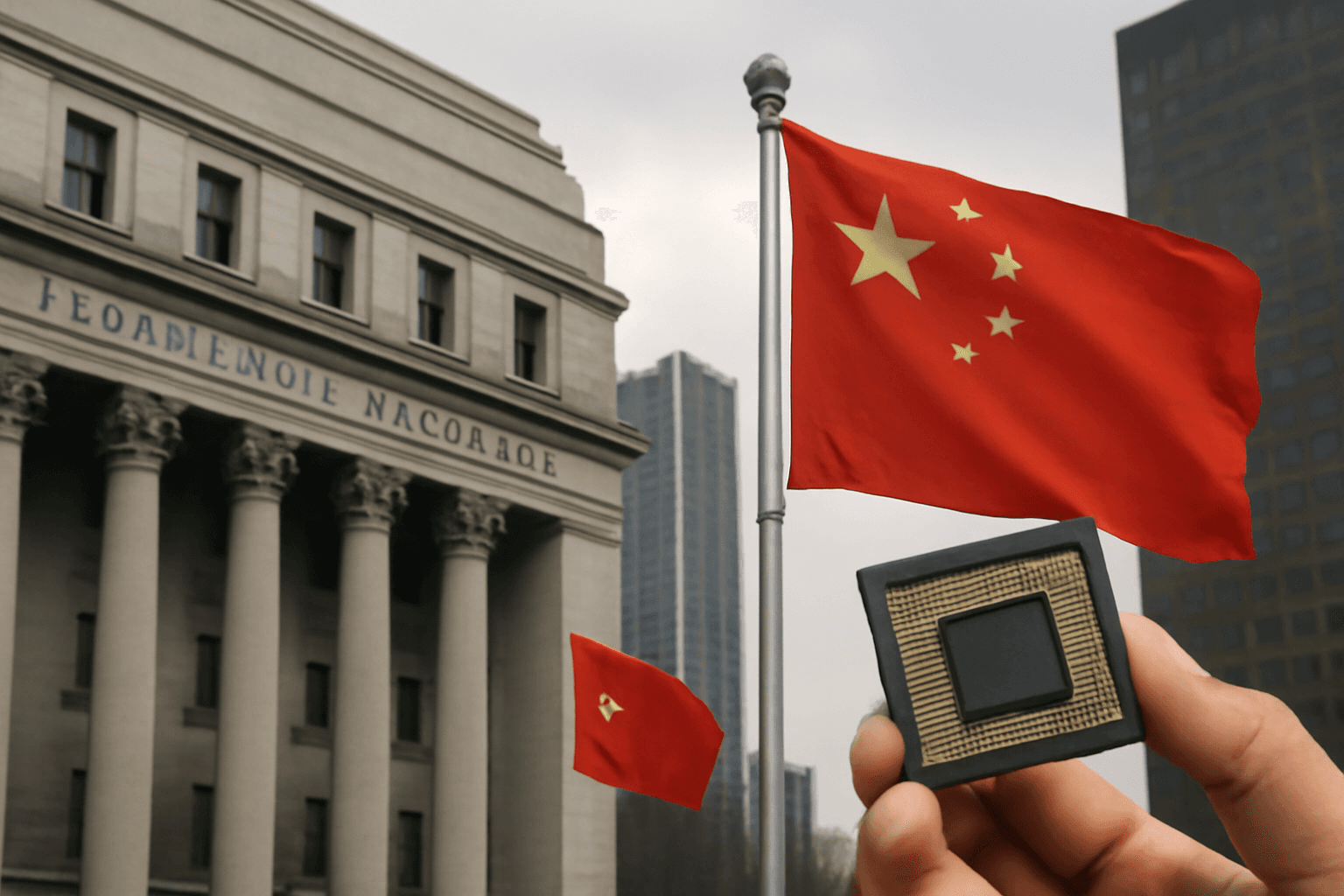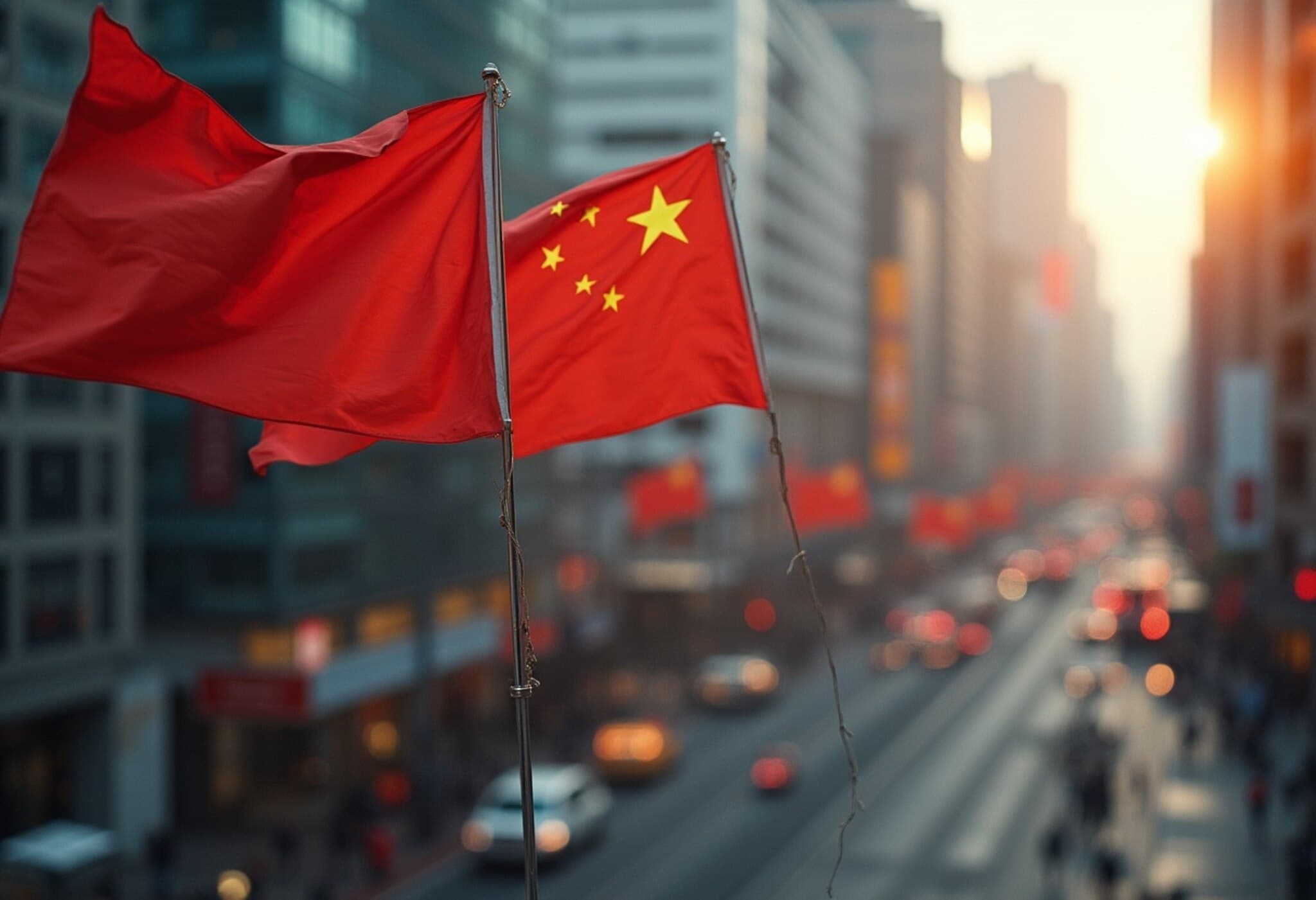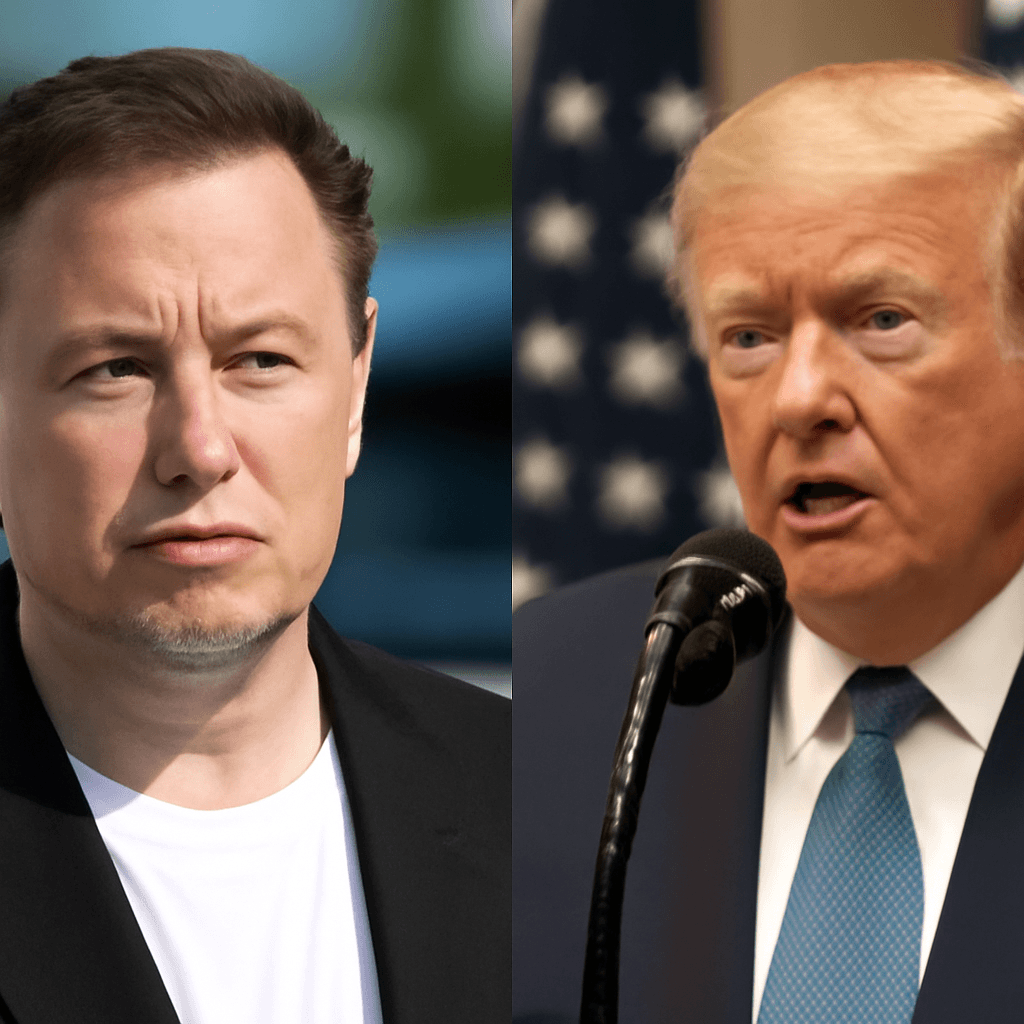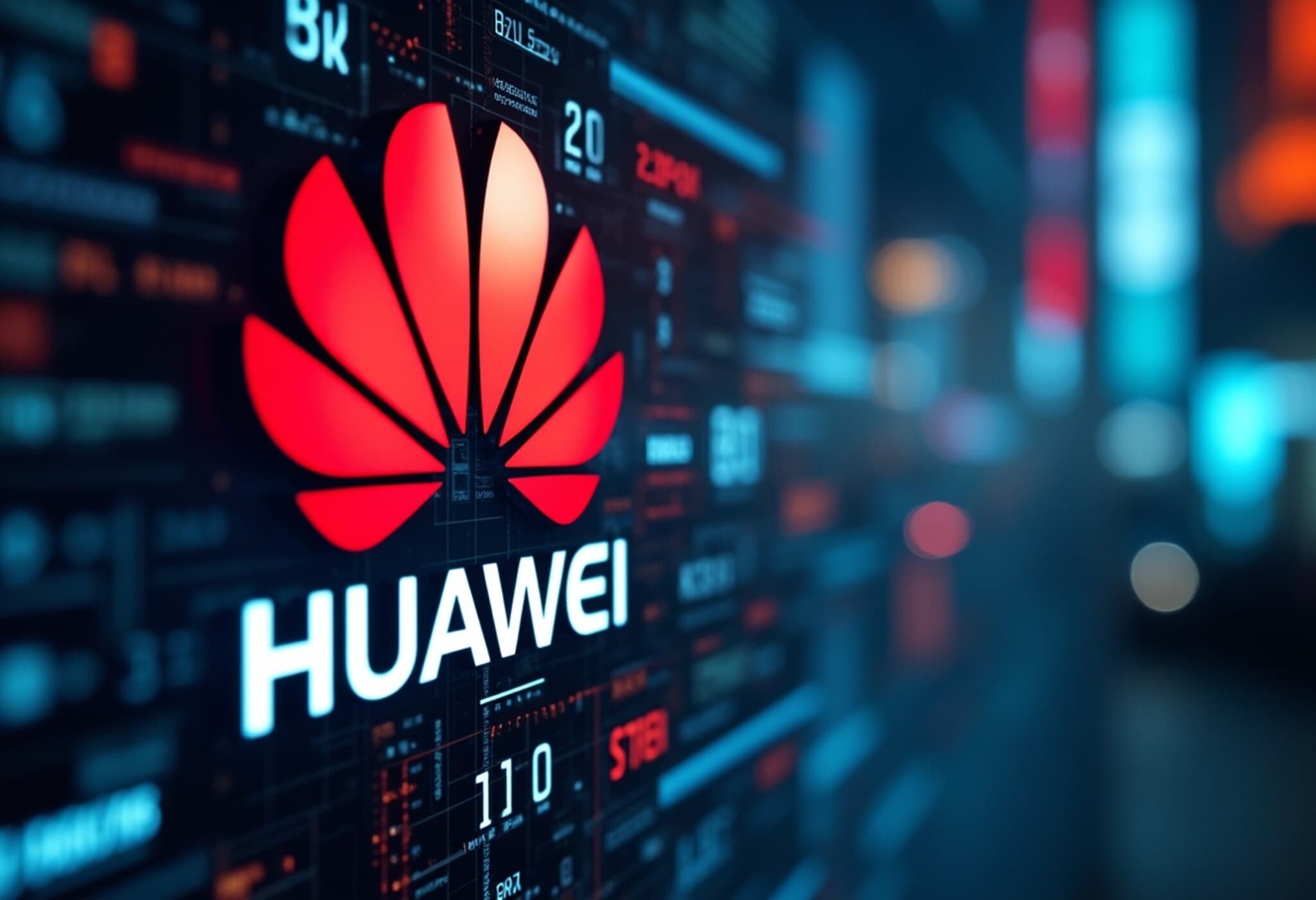China’s Price Wars: Who Truly Wins Amidst Aggressive Discounts?
From sleek electric vehicles to doorstep-delivered bubble tea, China’s retail landscape is witnessing an unprecedented price battleground. While consumers may applaud the steep discounts and flash sales, a closer look reveals a complicated story behind the intense price wars gripping multiple industries.
Why Are Chinese Consumers More Price-Sensitive?
Post-pandemic economic shifts combined with an ongoing housing market slowdown have led Chinese shoppers to tighten their wallets, prioritizing essential goods and cutting back on discretionary spending. This new consumer mindset has pushed industries ranging from automobiles to instant commerce platforms into fierce competition, slashing prices and flooding the market with subsidies.
- Carmakers are rolling out aggressive discounts, often complemented by government incentives.
- Instant commerce giants such as Alibaba, JD.com, and Meituan are investing billions to subsidize ultra-cheap deliveries, enticing customers with deals like bubble tea priced at mere cents.
Consumers like Beijing resident Li Kun celebrate the competition, saying, “The tougher the competition, the better for buyers. Compete however you want!” However, the landscape accompanies uncertainty, as another Beijing resident, Yu Peng, puts it: “It feels like a gamble when prices keep dropping after you buy. As a consumer, all you can do is accept it quietly.”
The Hidden Costs Beneath Bargain Prices
While rock-bottom prices might seem like a boon, experts warn the long-term consequences might be less favorable. To maintain affordability, some manufacturers have reportedly compromised on quality and safety. Issues such as faulty assisted-driving features and vehicle recalls have surfaced, raising alarm about the potential risks to consumer safety.
Moreover, China's government has expressed concerns that these relentless price wars may be undermining wages, eroding tax revenues, and deepening the country’s deflationary pressures. State media publication Qiushi has criticized these practices, cautioning against “bad money driving out good” — a reference to businesses sacrificing quality for short-term survival. The publication also called out certain local governments for granting unfair incentives that exacerbate the problem.
In response, China’s Cabinet announced measures to curb what it terms “irrational competition,” aiming to shift the focus from price-based battles to innovation and quality improvement. This strategic pivot underscores Beijing’s desire to foster sustainable growth rather than a race to the bottom.
Automakers’ Strategies: Short-Term Losses for Long-Term Loyalty
Despite mounting pressures, carmakers are prioritizing maintaining market share over immediate profits. Felipe Munoz, an automotive analyst with Jato, explains, “In a saturated market with many similar models, price cuts often seem like the only survival strategy.”
Chinese-Swedish brand Lynk & Co offers a contrasting approach, focusing on features and customer experience to build loyalty. Its plug-in hybrids include unique offerings like mini fridges and child-friendly entertainment systems. Jim Ma, their sales manager, emphasizes, “Our pricing aims not just to attract customers, but to retain them for the long haul through superior service and design.”
The Global Ripple: Chinese Price Wars and International Markets
The fallout of China’s domestic pricing battles stretches beyond its borders, influencing global automotive dynamics in unexpected ways. European markets, for example, have seen Chinese electric vehicles (EVs) fill gaps left by slower moves from local manufacturers, offering competitive prices or superior features.
Julia Poliscanova, senior director at advocacy group Transport and Environment, highlights this dual-edged sword: “Chinese EVs bring innovation and affordability, but the European response involves balancing trade, tariffs, and local industry development.” Efforts to encourage Chinese companies to localize production in Europe echo past strategies used to nurture Japanese and Korean automotive sectors, aiming to safeguard jobs and economic stability.
The economic anxiety isn’t unfounded; recent job cuts by European manufacturers partially result from intensified competition with Chinese brands. Consumers abroad remain concerned about quality but also the broader social impact, such as job security in their own communities.
Editorial Insights: Navigating the Complex Terrain of Price Wars
- Consumers need awareness: While low prices are alluring, understanding potential compromises on quality and safety is vital.
- Policy balance is key: Governments must safeguard economic stability without stifling healthy competition and innovation.
- Global interconnections: China’s pricing strategies affect international markets, necessitating nuanced trade and industrial policies.
As China’s price wars continue to unfold, the central question remains: Can consumers truly benefit from the lower prices if deeper economic and quality risks persist? Only a strategic shift towards innovation and sustainable growth might ensure that both buyers and the economy emerge as winners.
Editor’s Note
This analysis sheds light on the intricate dynamics behind China’s aggressive pricing battles. Beyond the tempting discounts, the hidden consequences for safety, economic health, and international relations deserve our attention. For consumers and policymakers alike, the challenge is to balance affordability with quality and long-term value amid a rapidly evolving marketplace. How might emerging policies and technological innovations redefine this competition in the coming years? This ongoing story underscores an essential truth: not all bargains deliver equal value.

